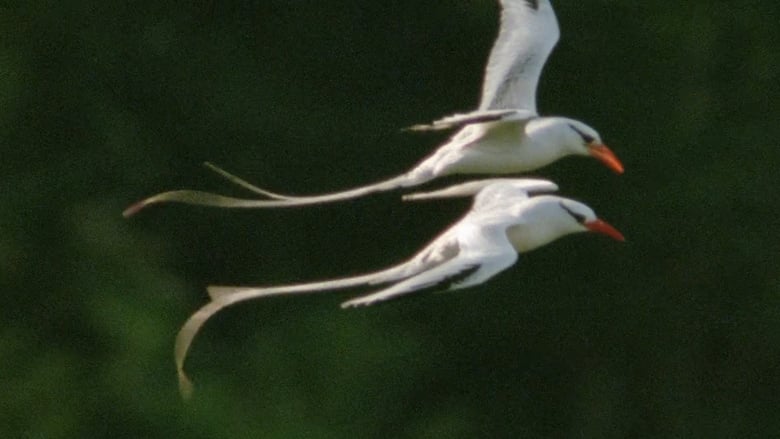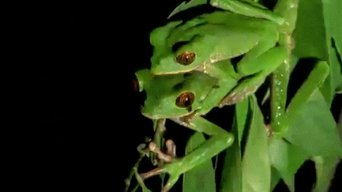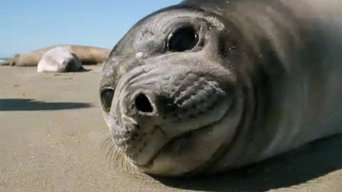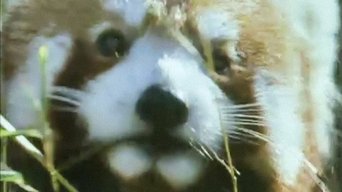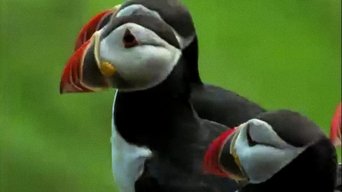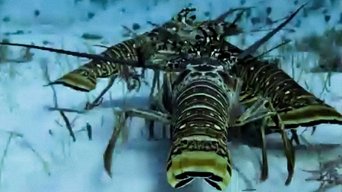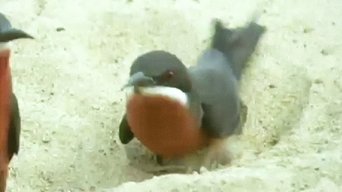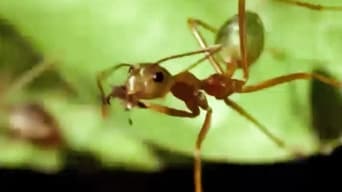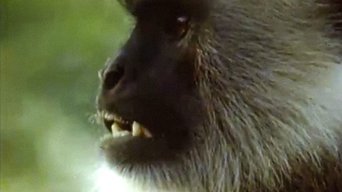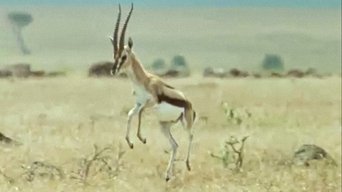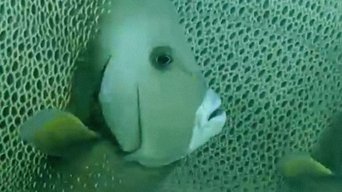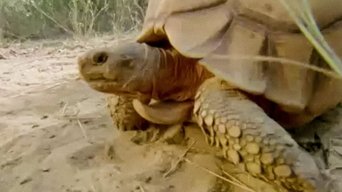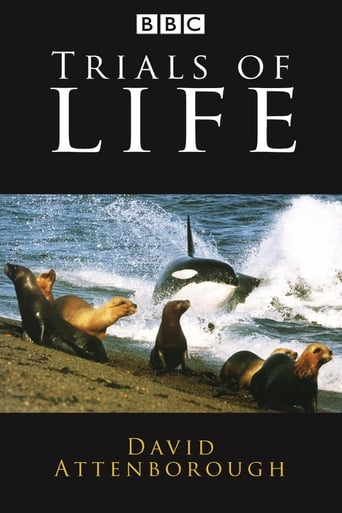
Trailer
Synopsis
A study in animal behaviour, it was the third in a trilogy of major series (beginning with Life on Earth) that took a broad overview of nature, rather than the more specialised surveys of Attenborough's later productions. Each of the twelve 50-minute episodes features a different aspect of the journey through life, from birth to adulthood and continuation of the species through reproduction. The series was produced in conjunction with the Australian Broadcasting Service and Turner Broadcasting System Inc. The executive producer was Peter Jones and the music was composed by George Fenton. Part of David Attenborough's 'Life' series, it was preceded by The Living Planet (1984) and followed by Life in the Freezer (1993).
Seasons & Episode
1
Similar titles
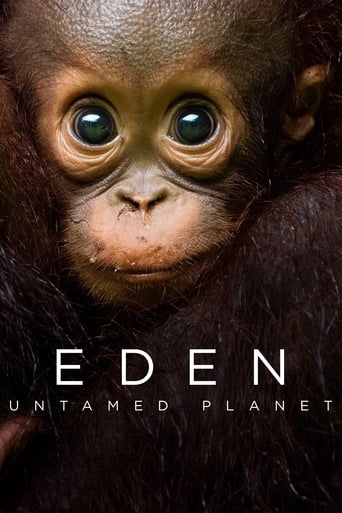
AMC+
Eden: Untamed Planet
Explore six of the last untouched locations on earth. The documentary series presents life as nature intended, following the unique way wildlife has adapted to these environments and continues to rise to new challenges over the course of a year.

Polar Bear Town
A half-hour documentary series set in a unique Arctic town with true northern exposure that provides a front-row seat for some of the closest human-bear encounters ever seen on television.
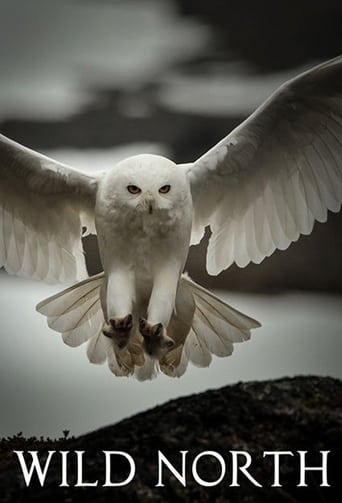
Prime Video
Wild North
Examines the diversity of wildlife found in three very different environments in the wilds of Northern Scandinavia.
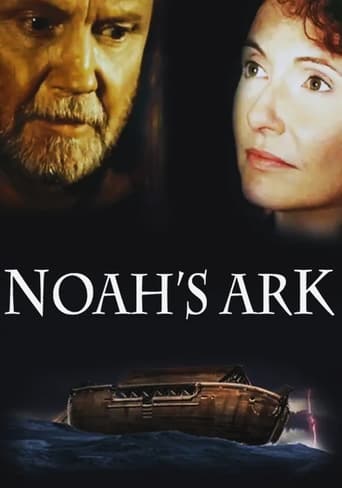
Freevee
Noah's Ark
In the Biblical story from Genesis, God floods the world as Noah rescues his family and the animals in a gigantic ark.

Disney+
One Strange Rock
A mind-bending, thrilling journey exploring the fragility and wonder of planet Earth, one of the most peculiar, unique places in the entire universe, brought to life by the only people to have left it behind – the world’s most well known and leading astronauts.

Elephant Diaries
Wildlife series following the lives of a group of orphaned African bush elephants at a sanctuary in Kenya as they face some of the biggest challenges of their lives.
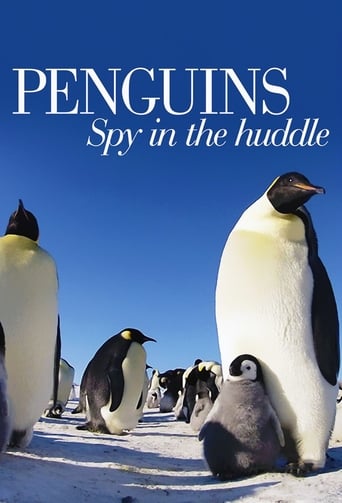
Penguins: Spy in the Huddle
Penguins - Spy in the Huddle spends nearly a year in the close company of penguins, deploying 50 spycams to capture as never before the true character of these birds.
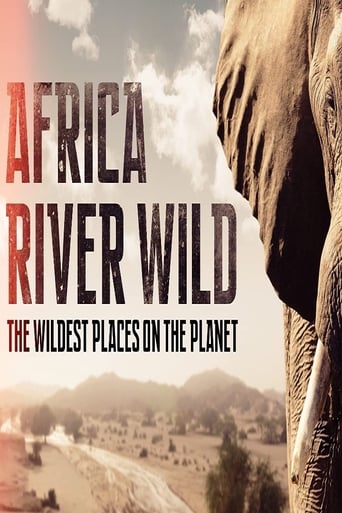
Freevee
Africa River Wild
Africa's rivers are the wildest places on our planet. Bursting with life, they are home to an array of wildlife who depend on the rivers for their survival.
You May Also Like

The Living Planet
David Attenborough examines the ways in which animals and plants adapt to their surroundings.
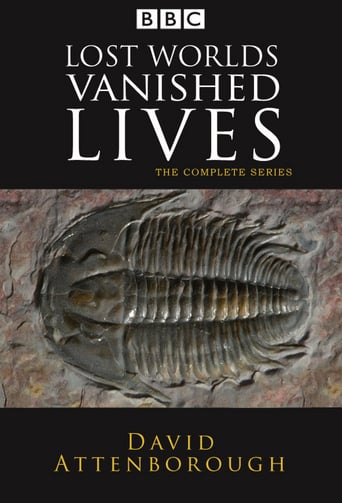
Lost Worlds, Vanished Lives
David Attenborough presents a series on fossils and palaeontology.
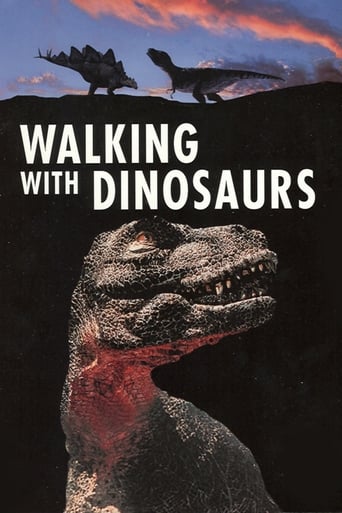
Walking with Dinosaurs
Combining fact and informed speculation with cutting-edge computer graphics and animatronics effects, the series set out to create the most accurate portrayal of prehistoric animals ever seen on the screen.

HULU
Game of Thrones
Seven noble families fight for control of the mythical land of Westeros. Friction between the houses leads to full-scale war. All while a very ancient evil awakens in the farthest north. Amidst the war, a neglected military order of misfits, the Night's Watch, is all that stands between the realms of men and icy horrors beyond.
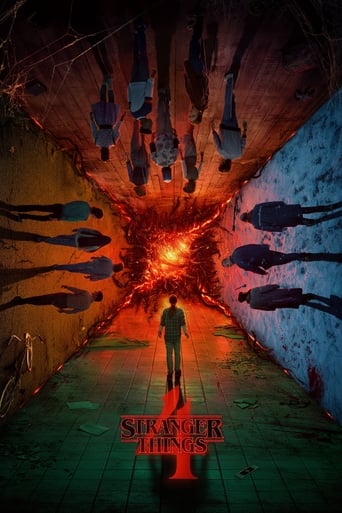
Netflix
Stranger Things
When a young boy vanishes, a small town uncovers a mystery involving secret experiments, terrifying supernatural forces, and one strange little girl.

Netflix
Breaking Bad
Walter White, a New Mexico chemistry teacher, is diagnosed with Stage III cancer and given a prognosis of only two years left to live. He becomes filled with a sense of fearlessness and an unrelenting desire to secure his family's financial future at any cost as he enters the dangerous world of drugs and crime.

Max
Chernobyl
The true story of one of the worst man-made catastrophes in history: the catastrophic nuclear accident at Chernobyl. A tale of the brave men and women who sacrificed to save Europe from unimaginable disaster.
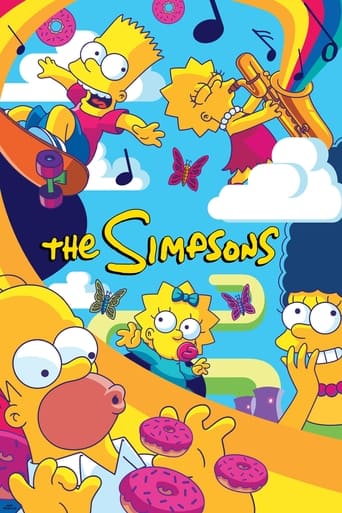
HULU
The Simpsons
Set in Springfield, the average American town, the show focuses on the antics and everyday adventures of the Simpson family; Homer, Marge, Bart, Lisa and Maggie, as well as a virtual cast of thousands. Since the beginning, the series has been a pop culture icon, attracting hundreds of celebrities to guest star. The show has also made name for itself in its fearless satirical take on politics, media and American life in general.
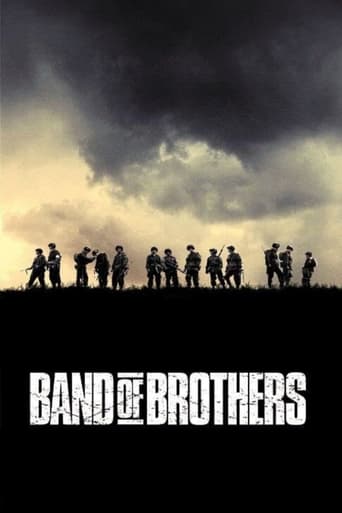
Max
Band of Brothers
Drawn from interviews with survivors of Easy Company, as well as their journals and letters, Band of Brothers chronicles the experiences of these men from paratrooper training in Georgia through the end of the war. As an elite rifle company parachuting into Normandy early on D-Day morning, participants in the Battle of the Bulge, and witness to the horrors of war, the men of Easy knew extraordinary bravery and extraordinary fear - and became the stuff of legend. Based on Stephen E. Ambrose's acclaimed book of the same name.

HULU
Family Guy
Sick, twisted, politically incorrect and Freakin' Sweet animated series featuring the adventures of the dysfunctional Griffin family. Bumbling Peter and long-suffering Lois have three kids. Stewie (a brilliant but sadistic baby bent on killing his mother and taking over the world), Meg (the oldest, and is the most unpopular girl in town) and Chris (the middle kid, he's not very bright but has a passion for movies). The final member of the family is Brian - a talking dog and much more than a pet, he keeps Stewie in check whilst sipping Martinis and sorting through his own life issues.
Top Streaming TV Show
#1

Grey's Anatomy
March. 27,2005
7.6
#2

A Teacher
November. 10,2020
6.9
#3

The Mandalorian
November. 12,2019
8.7
#4

Game of Thrones
April. 17,2011
9.2
#5

Station 19
March. 22,2018
7
#6
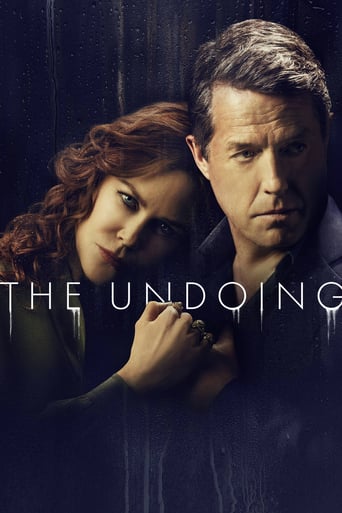
The Undoing
October. 25,2020
7.4
#7
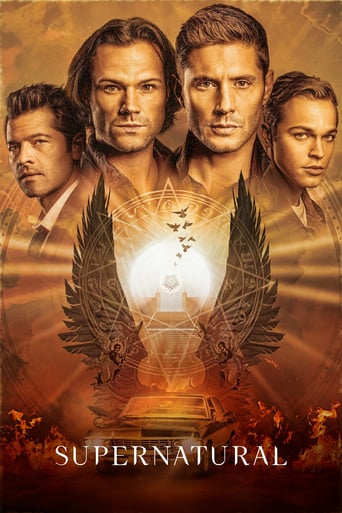
Supernatural
September. 13,2005
8.4
#8

The Last Dance
April. 19,2020
9.1
#9

Euphoria
June. 16,2019
8.3
#10
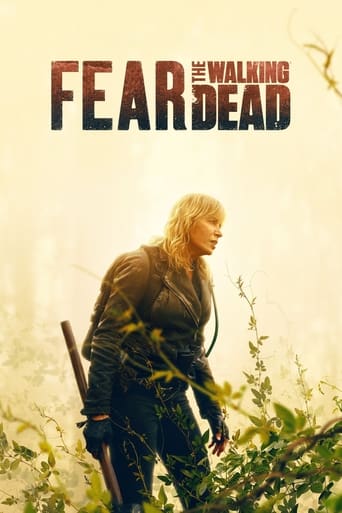
Fear the Walking Dead
August. 23,2015
6.8

